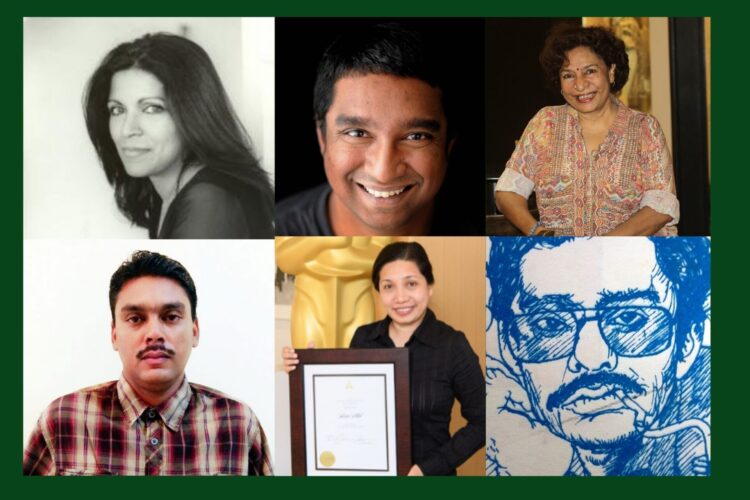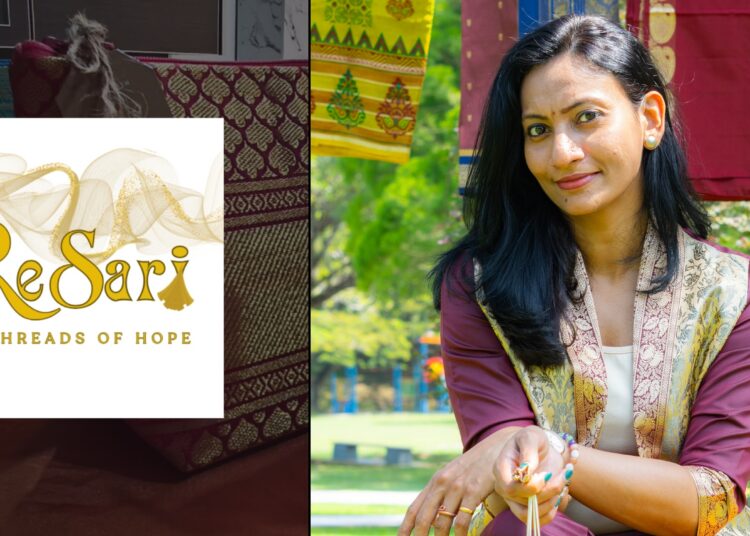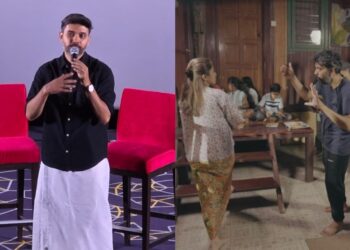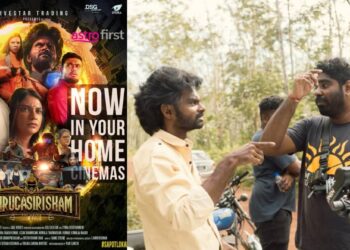In a continent as ethnically and multicultural diverse as Malaysia, it comes as no surprise that literary works emerged form it is equally diverse and multifaceted. Dealing with a range of social and cultural issues, we present you a list of prominent Malaysian Indian writers for your reading pleasure.
Acknowledgements are one of the unique aspects in a book, when a writer addresses readers in their own voice and breaks out from their fictitious universe. This is something that may have a greater impact on one than we realise.
Here’s a breakdown of best Malaysian Indian authors in Part 2 of our much-hyped list:
Brian Gomez
One of the most widely recognised and praised writers, Brian Gomez wrote some of the most extraordinary works for his novels. His most famous novel, Devil’s Place, an entertaining thriller genre, where a Thai prostitute alongside an unsuccessful singer, a conspiracy theorist cab driver, an unfortunate pimp, and a cynical ex-bouncer, are all caught up in a crazy predicament in Kuala Lumpur. Published in 2008, his literary work has been met with overwhelming praise from readers.
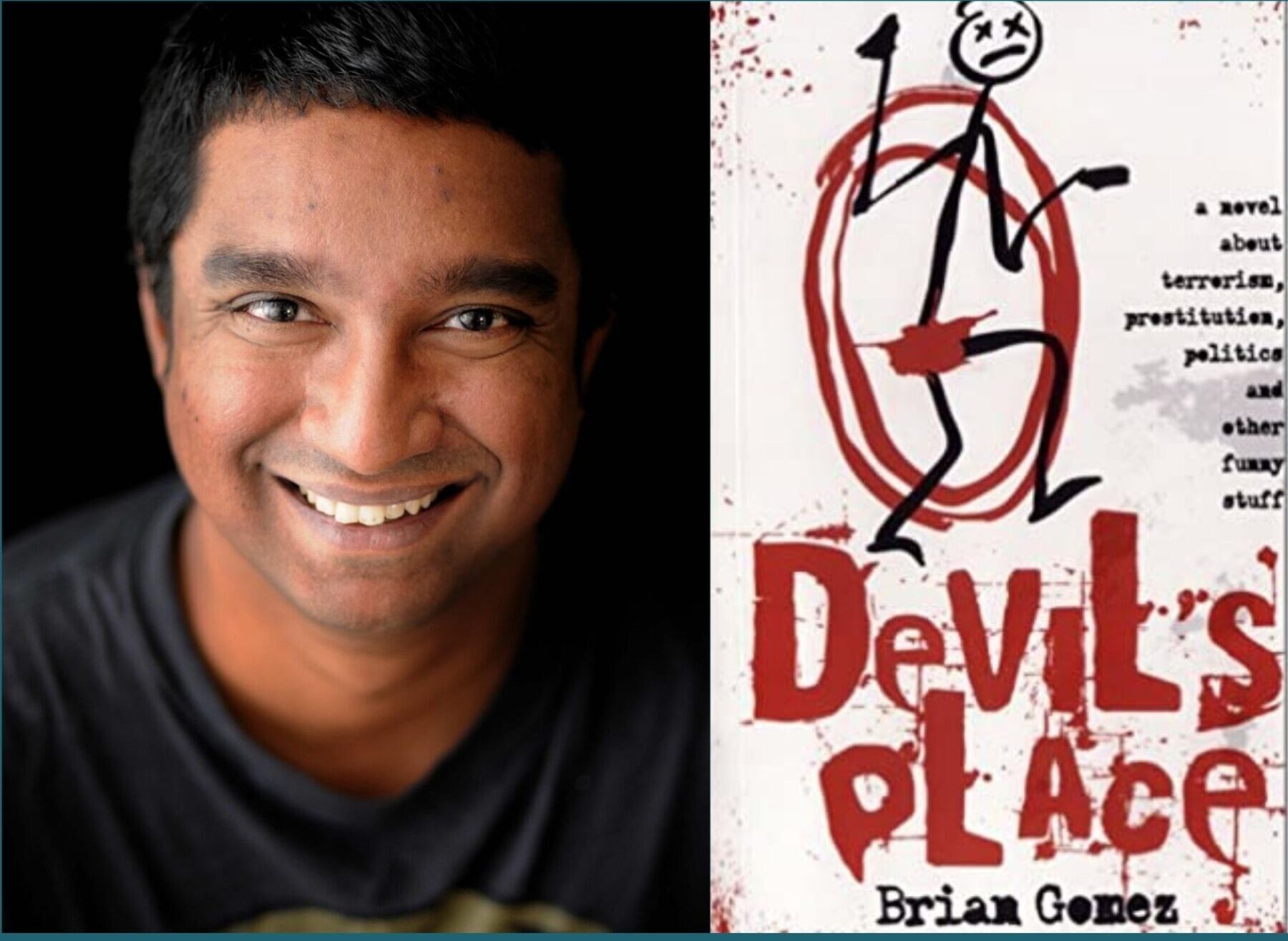
Brian has gone on to write several short stories entitled, Body 2 Body: A Malaysian Queer Anthology, Readings From Readings and KL Noir: Red. Well, I’m sure that this talented writer has taken the Malaysian literary world by storm.
Renee Pillai
Renee is a quiet literary lion. In November 2019, she became the first Malaysian screenwriter to receive the Academy Nicholl Fellowships major in Hollywood. She has made us proud!
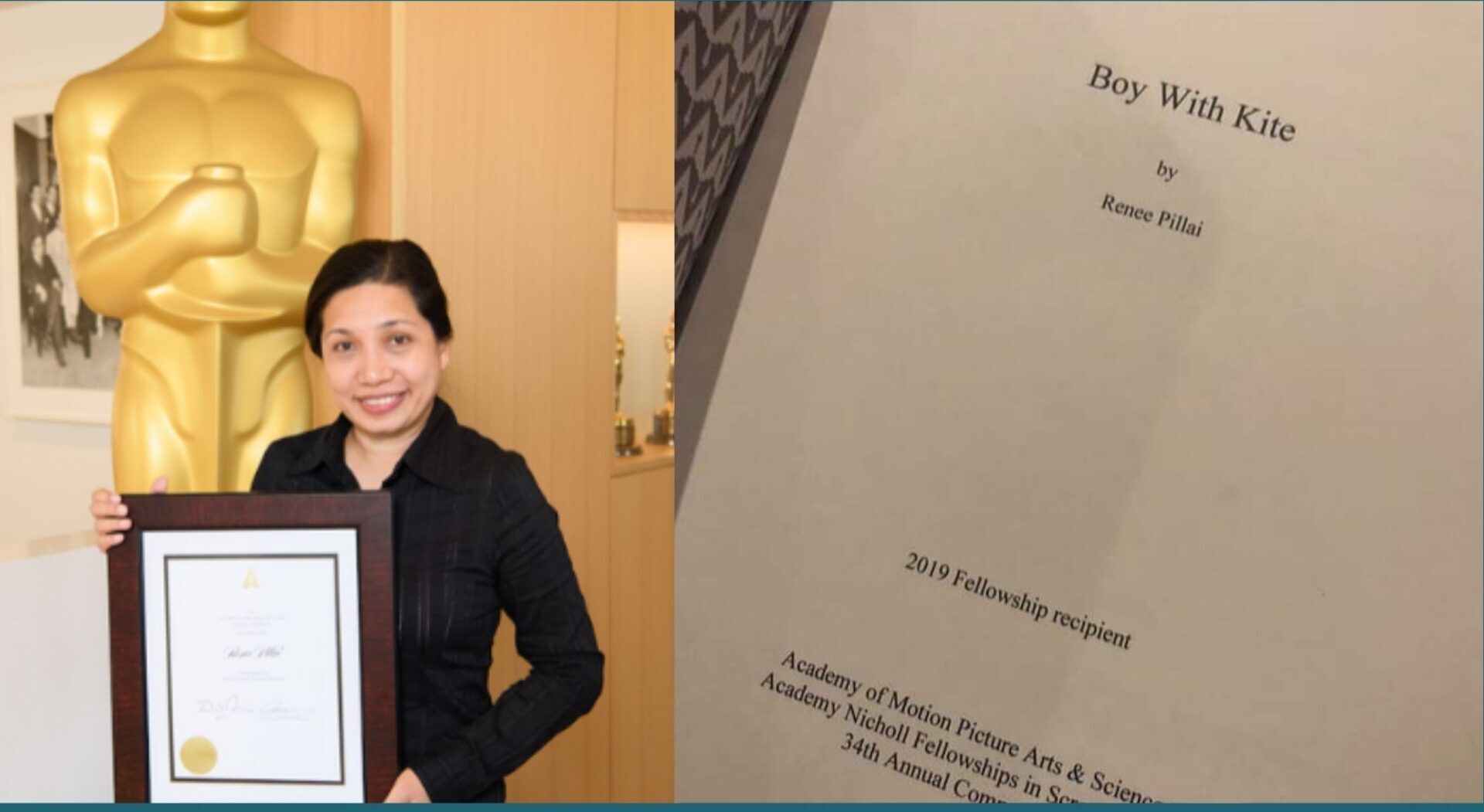
The talented writer who started to write in early 2014 has joined the organisation’s annual screenplay competition and submitted her film project entitled, Boy With Kite. She was one of five winners chosen from over 7,300 screenplays submitted from around the world.
Here are a few short tidbits about her award-winning script, Boy With Kite:
- The story starts in Nebraska; A place where Renee has never visited before.
- It depicts the story of Stella, a middle-aged woman who is assigned to care for her orphaned little nephew, Ben, when her estranged brother dies.
- The script’s major themes are forgiveness and redemption.
- There is a wry comedy twist. “Human beings are a contradiction between tragedy and comedy.”
Saraswathy M. Manickam
Malaysia has a fantasy author namely Saraswathy.
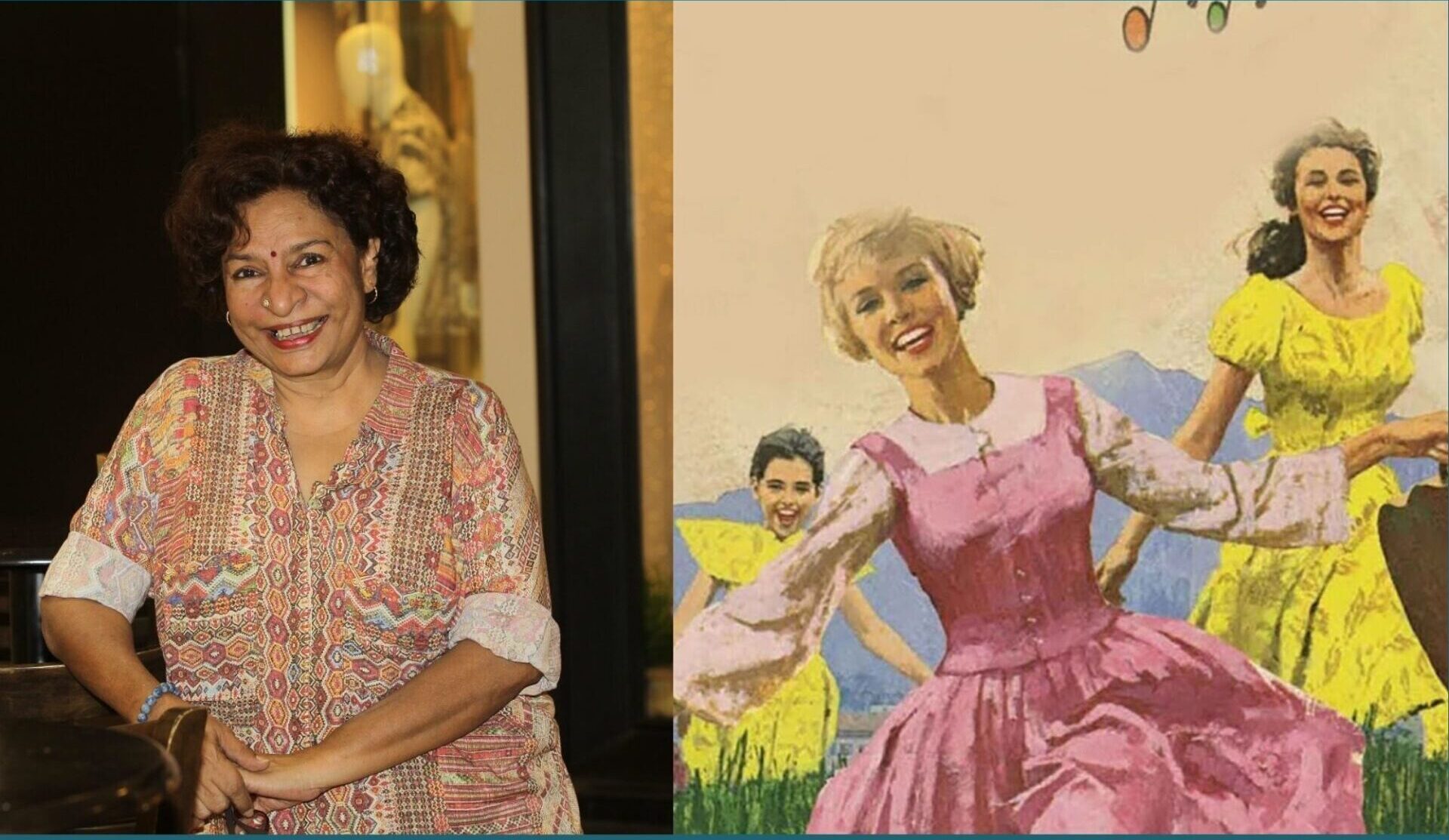
Saraswathy’s My Mother Pattu story is the winning entry from Asia. She has paved her way to the 2019 Commonwealth Short Story Award and clinched the regional winner in Asia. Her story has garnered the attention and praises from the juries.
My Mother Pattu is based on a mother’s hatred and envy turned violent towards her own daughter, who discovers that no one but herself can defend her from the violence.
If you never had a chance to read My Mother Pattu, here you go!
Ignatius Dev Anand
Ignatius has published several books under the Fairy Tales Series which is the retelling of local fairy tales. Some of his published works are Pesta Ria dan Cerita Lain (1966) and Jantan Handal dan Cerita Lain (1967).
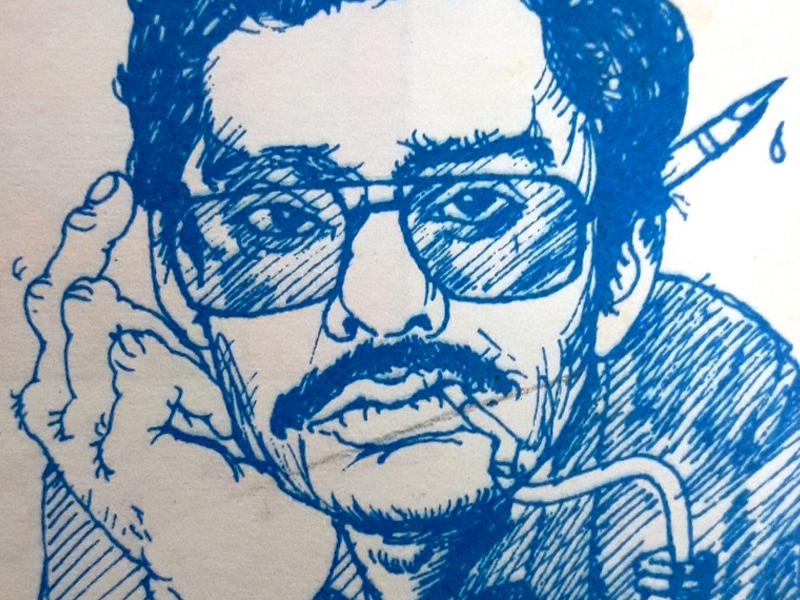
Apart from writing in the National language, the creative author also composed poems in English. The first poem, “Mirrors of Nature,” was published in The Straits Times’ Poetry Corner column by Edwin Thumboo (March 8, 1969). His poems were subsequently published in the book, The Second Tongue: An Anthology of Poetry from Malaysia and Singapore (1976) edited by Edwin Thumboo.
Rani Manicka
A Malaysian born novelist who spent time between her homeland and the United Kingdom.
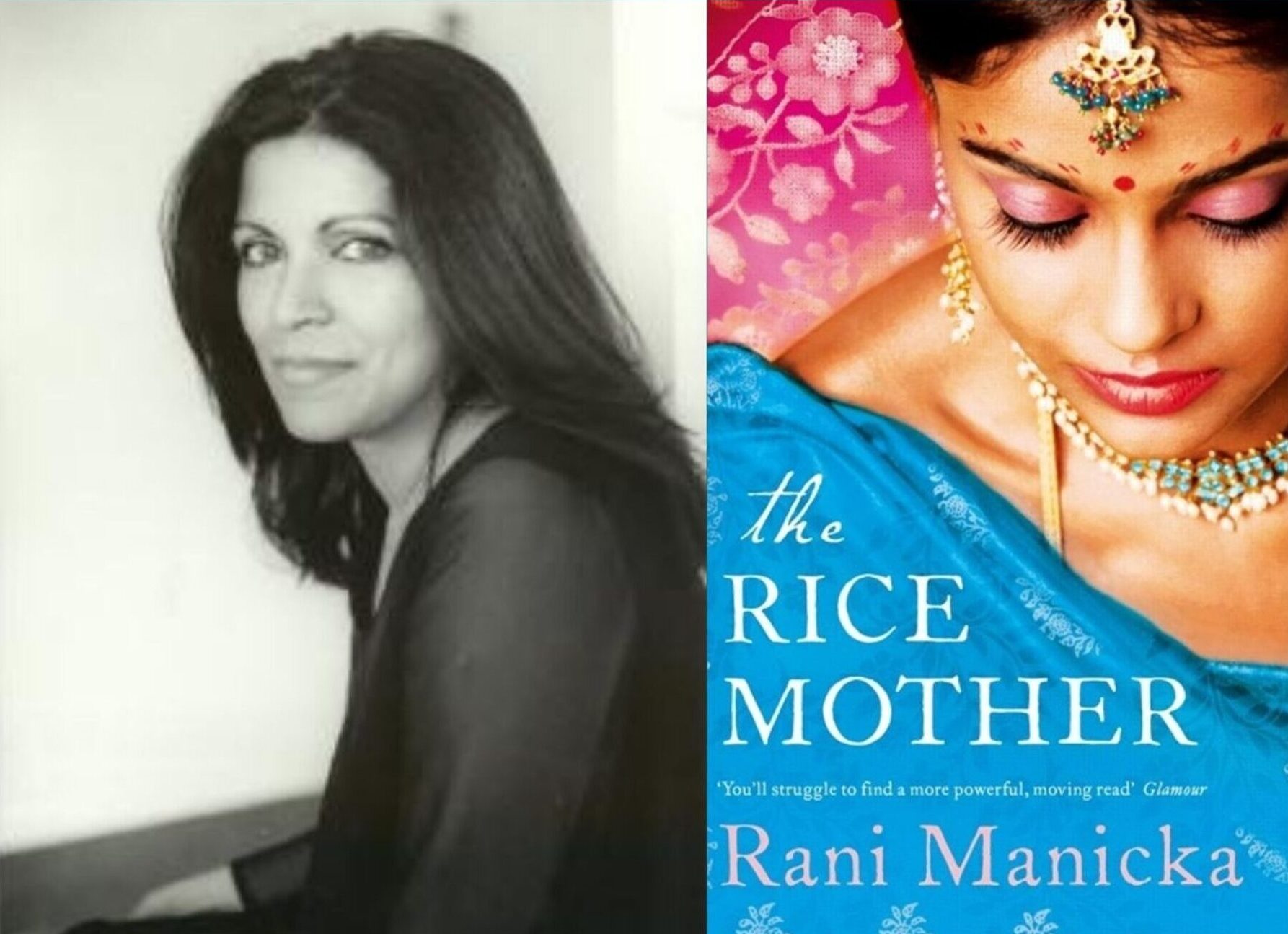
The Rice Mother was her first debut novel. The story is based on a vivid creative narrative on the frailties of human nature and the effects of war, infused with her own Sri Lankan family background. In 2003, she received the prestigious award of the Commonwealth Writers Prize.
It’s no surprise that this book is one of the best all-time favourite.
Following that, in 2005, she published Touching Earth, and The Japanese Lover in 2009.
Touching Earth depicts a dark and fascinating tale of love, betrayal, and addiction, meanwhile The Japanese Lover, a novel set in Malaya during the Japanese occupation, was released in 2009, and it was an engrossing narrative of unusual love between captor and captive.
Ramakrishnan Ramasamy
Kurnia; An incredible book by the beloved writer is a must read.
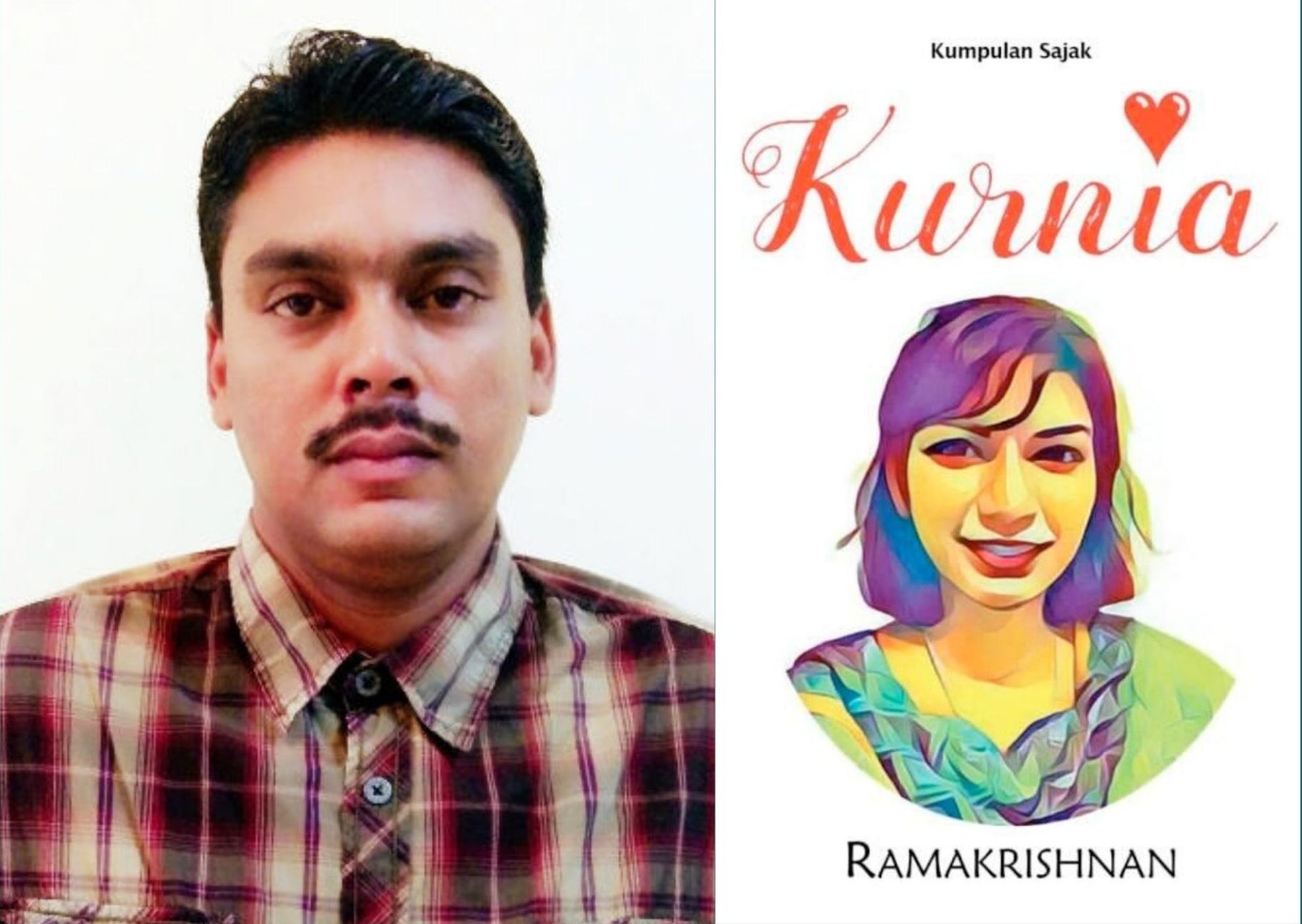
Poems by Ramakrishnan have been featured in Berita Harian, Dewan Siswa, Tunas Cipta dan Karya, Kavya newsletter, and the anthology Harapan di Joyrampur (1997) and Sebuah Hati di Cheng Du (1999). His piece was also published in a journal featured in Dewan Budaya.
Apart from that, his recent work was published in the collection Busana Bahasa (2019), and he continues to write poems and essays.
So, that’s all for Part 2’s best Malaysian Indian authors. Will there be a part 3 of Malaysian Indian Authors? Well, stay tuned guys!
Let us know if we missed anyone!
Follow us on Instagram, Facebook or Telegram for more updates and breaking news.


